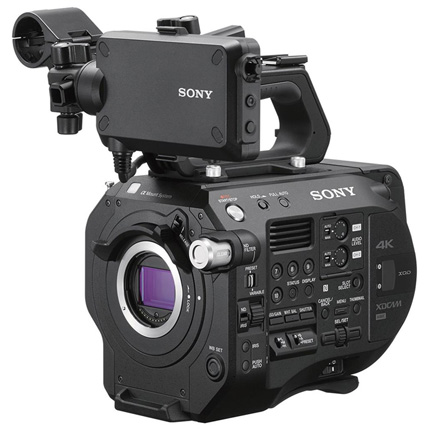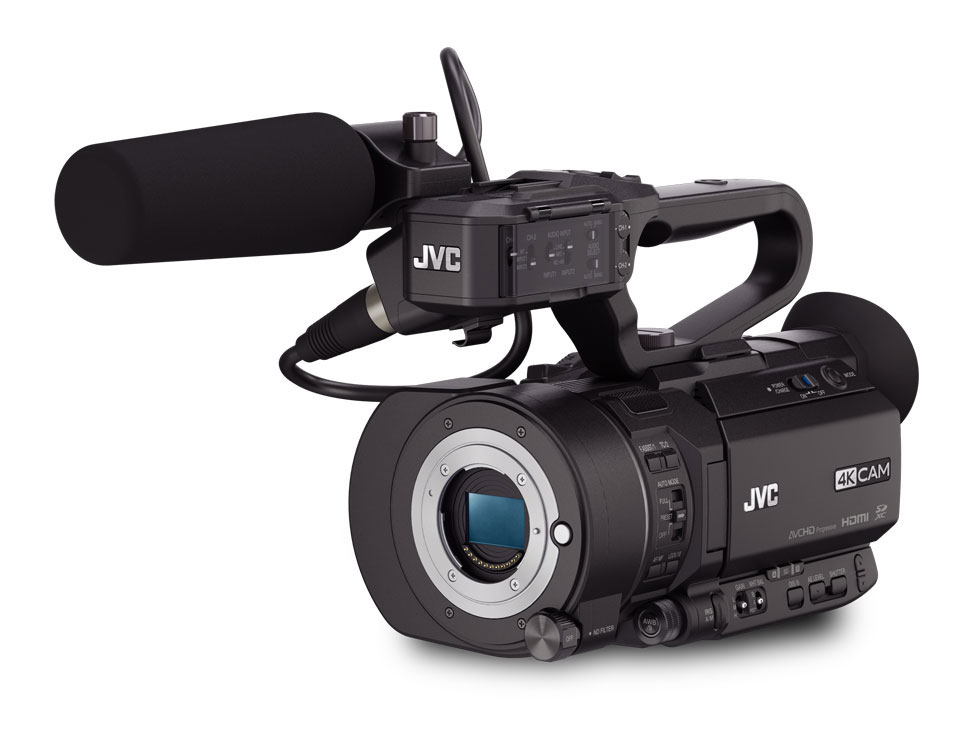

You've probably already heard of a GoPro. Relatively expensive -Small image sensor All in all, it's probably the best camera for YouTube that serves beginner and intermediate users who want a solid, reliable device to film on.

There’s a 3.5mm mic input for external microphones – vital to ensure your videos sound as good as they look. It's also capable of live-streaming which means you can set it up to broadcast straight to YouTube Live.

It's also capable of capturing great-looking 4K UHD video at 30fps for maximum detail, though when recording at its highest quality there is a 10-minute time limit. The PowerShot G7 X Mark III is a compact camera, so that means no interchangeable lenses, but you won't need it since it comes with a fast, versatile 24-100mm f/1.8-2.8 lens that offers great flexibility for shooting wide or close in, whether in bright sunlight or in low light. Powerful, compact, with a great interface and well laid-out buttons, it's also a decent price considering what you get. The Canon PowerShot G7 X Mark III is so good at so many things that we think it's the best camera for YouTube overall. 10-minute 4K limit -Middling battery life The best camera for YouTube available now Meanwhile, read on for our guide to choosing the best camera for YouTube. If you're on the lookout for great deals this Black Friday and Cyber Monday be sure to check out our Black Friday Hub. To get started on YouTube, see our guide to the best video editing apps for YouTube. And if you're looking for solid support for your camera, see our list of the best tripods. However, if you need a device for all kinds of uses, not only for making YouTube videos, see our roundup of the best cameras for creative projects. There's also action cameras and those which come with in-built gimbals or stabilisers for smooth and steady footage.
#PRO VIDEO CAMCORDERS PORTABLE#
They're also cheaper, lighter, and more portable and some have excellent focusing systems and other useful controls for vlogging. A compact camera with a fixed lens may be less flexible but are much more affordable, meaning it's easier for those on a budget, just starting out, or if you want to try multiple camera setups for a low cost. Both of these options take interchangeable lenses, which boosts their versatility but also adds to the expense. DSLRs are a sturdy, weather-resistant option, but they’re also heavy and don't always have the newest video features found in smaller, lighter mirrorless cameras.


 0 kommentar(er)
0 kommentar(er)
